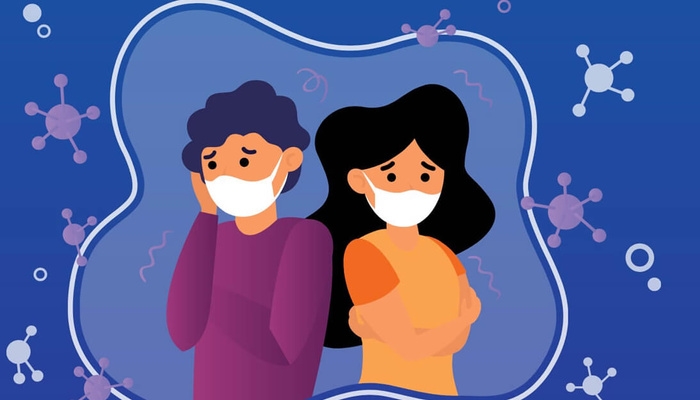

All epidemic outbreaks generate a considerable amount of fear, stigma and discrimination. The fear of being socially marginalized and stigmatized may cause people to deny early clinical symptoms and may contribute to their failure to seek timely medical care. Mitigating the fear and stigma directed toward persons infected with, and affected by, Coronavirus is important in controlling its transmission and minimizing damages.
With this background, we have carried out a rapid exploratory study to (a) conduct a rapid situation assessment of the localized nature of fear and stigma related incidences; (b) investigate the source of fear, stigma and rumour; (c) have a comparative understanding of Corona-related stigma with the pattern of stigma and fear of previous epidemics (such as Ebola, SARS etc) in order to provide policy recommendations; and (d) To recommend possible culturally informed and socially relevant recommendations to mitigate the fear, stigma and discrimination towards Corona victims or associates.
Given the time-sensitivity and the fact that direct intervention is not possible in the current context, we have adopted various alternative online-based observations, such as social media content analysis, netnography and telephonic interviews of key informants, and shadow ethnography. In order to ensure reliability and validity, we have triangulated data either by methods or by respondents, whatever deemed as necessary. This study used two widely acknowledged theoretical frameworks, respectively by Bauman (2006) and Goffman (1963), to understand fear and stigma and their interplay in the Coronavirus context.
Findings included a narrative timeline of the emergence of fear and stigma against certain known national/international events related to Coronavirus. The timeline provided a clear explanation of how the fear shifted from the structural zone to the cultural and liquid zone, which intensified the stigma behaviour and transferred the “stigma power” from the state to the society. Findings show stigma forced people hiding their symptoms, avoiding medical attention, deserting dear ones, evicting people from their homes, and so on. We have graphically shown the nexus between fear and stigma in the Coronavirus context by using knows cases, and validating them by interview data.
The study recommends an immediate intervention into this situation, before the culture of fear and stigma cast a permanent scar on the management of COVID-19. It proposes a set of recommendations at macro, mezzo and micro levels, including, among others, legislative measures, a combined and careful supervision by local politicians, administrators, caregivers, health workers and religious leaders. At the same time, it is very important to carefully use mass media against the incidences of stigmatization.
Acknowledgement
The study is sponsored by Bangladesh Health Watch. We sincerely appreciate this civil society platform for allowing us to undertake this very crucial rapid assessment. We are grateful to the webinar participants for their invaluable feedback on this study. Lastly, we are thankful to our field researchers Saddif Sohorab, Maliha Marium, Surobi Protyoee, and Alik Bhowmick for their roles in the data collection procedure.
Timeline
The research work is performed during the second half of April 2020, from 15 April to 30 April 2020. First draft was submitted on 30th April to BHW, and this version accommodates comments and feedback from the BHW team and the webinar participants.
Citizen's Voice